A daily dose of Flax Seeds – provide you with Omega 3’s and help to balance your hormones
Why are flax seeds so good for everyone – in particular helping women balance their hormones?
Flax seeds are very high in lignans or phyto-oestrogens and bear a strong resemblance to the female hormone oestrogen in shape, structure, and some functionality. Phyto-eostrogens are plant compounds that have very mild oestrogenic effects that can be used to modulate the influence of the body’s excess oestrogenic hormones on body tissues. Phyto-oestrogens help with hormone imbalance and may help prevent many types of cancer, such as breast, colon and prostate cancer The flax seed plant contains a higher concentration of photo -oestrogen lignans than any other food.
Aside from the lignans flaxseds are loaded with the best source of vegetarian essential fatty acid Omega-3 (or ALA) essential to our health and wellbeing. More than that, our bodies can’t produce these fatty acids on their own. So you have to get them as part of your diet.
Flaxseed contains a perfect balance of omega-3’s and omega-6’s which work to form the membranes of every cell in your body and play a vital role in the active tissues of your brain.
Flaxseeds can also improve the quality of your hair, nails, and skin, as well as helping you to lose weight or bulk up, and it lowers cholesterol, blood pressure and prevents arthritis and cancers.
Flax seed also really helps the digestive system creating an ease of bowel movement combatting constipation. One of the great benefits also is the help flaxseed can bring during the menopause.
What else do Flax seeds Help You With?
– Contain complete proteins (it has all the essential amino acids your body needs)
– High in minerals like potassium, magnesium, iron and zinc and B vitamins
– Important role in the metabolism of fat
– Full of both soluble and insoluble fibre (you need both types),
– Flaxseeds contribute to an alkaline pH balance in the body
Research Backs Flax Benefits
Recent research indicates that flaxseed may have the ability to reduce blood pressure, lower level of harmful cholesterol, offer both estrogen-like and anti-estrogenic effects, and is being studied for its ability to protect against cancer.
Follow up studies show that just 2-3 tablespoons of flax daily can help up to 2/3rds of severely depressed women bounce back within eight weeks. Flax, says Udo Erasmus, PhD, has a mood boosting ingredient: docosahexaenoic acid (DHA) that is essential for the proper function of brain cells, yet up to 85% of women aren’t getting enough of it.
How to store flax seeds
The best way to keep a fresh supply of flaxseeds either ground or whole is to store them in an airtight container in the freezer and use them as you need them.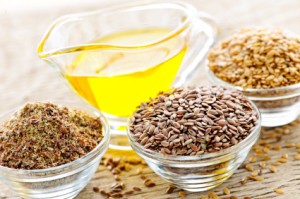
How to use flax seeds
For both hormone health and general health, it’s a good idea to have 1-2 tablespoons of ground flaxseeds a day, preferably added to other foods like breakfast cereals, soups, salads, yoghurt.
Here are some ideas:
1. Add to cereals, oats or porridge, topped with fruit and cinnamon
2. Sprinkle on salads, along with ground/whole pumpkin, sesame and sunflower seeds
3. Add to your soup (add at the very end, so that heat doesn’t destroy the essential fatty acids)
4. Sprinkle on baked peaches, custard, rice pudding or fruit and yoghurt just before serving
5. Add to fruit smoothies or green / vegetable smoothies
If you’re struggling with any kind of hormone imbalance, tiredness, low energy or wanting to lose your excess weight. I’ve put together a FREE guide for you, so you can start to learn how and why specific foods, and drinks, can help you have more energy and lose weight naturally.
You’ll find it is easy to add these ingredients into your diet on a daily basis – get your downloadable guide here
In fact, at the end, I’m going to share one simple recipe you can make in under five minutes that incorporates all of these foods.
Get your copy of the FREE guide:
5 Foods that will help boost Your Energy Levels and Lose Weight Naturally.
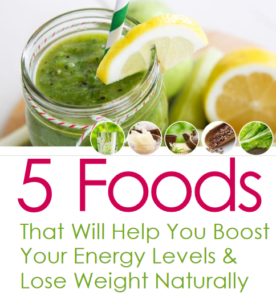
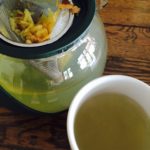 Nothing like a good cuppa tea to sort out the problems of the world. My grandmother loved her tea and it was the first thing we’d do when we visited her, I do miss being able to sit down and share a pot of tea with her.
Nothing like a good cuppa tea to sort out the problems of the world. My grandmother loved her tea and it was the first thing we’d do when we visited her, I do miss being able to sit down and share a pot of tea with her. need to know which one to use when and you may have be unaware of some of the other things these common herbal teas can be useful for. Chamomile is calming but so much more, peppermint for wind and so much more, ginger for nausea and so much more…..
need to know which one to use when and you may have be unaware of some of the other things these common herbal teas can be useful for. Chamomile is calming but so much more, peppermint for wind and so much more, ginger for nausea and so much more….. Rose
Rose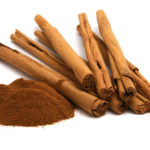 reduce your sugar cravings. By controlling blood sugar levels you can prevent spikes after meals, normalise your blood sugar levels and improve glucose control.
reduce your sugar cravings. By controlling blood sugar levels you can prevent spikes after meals, normalise your blood sugar levels and improve glucose control. Pelargonium (Pelargonium sidoides) is gaining huge popularity in Germany because of it’s effectiveness against the symptoms associated with colds and flus, and it is the best researched herbal cold and cough remedy. It helps to reduce the mucus of snotty noses and phlegm that makes it hard to breathe, improves a bad cough and any associated chest pain, and decreases congestion to help open the breathing passages.
Pelargonium (Pelargonium sidoides) is gaining huge popularity in Germany because of it’s effectiveness against the symptoms associated with colds and flus, and it is the best researched herbal cold and cough remedy. It helps to reduce the mucus of snotty noses and phlegm that makes it hard to breathe, improves a bad cough and any associated chest pain, and decreases congestion to help open the breathing passages.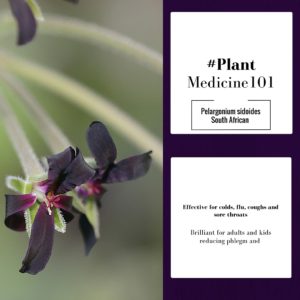 increases your body’s natural healing rate. Studies have found that 40-60% of patients suffering from acute bronchitis fully resolve their symptoms within a week of Pelargonium sidoides supplementation.Some people reported experiencing benefits after just two to three days. People that are not cured after a week still experience benefits from Pelargonium sidoides supplementation, since it can treat the symptoms associated with bronchitis, including headache, fever, fatigue, cough, chest pain while coughing, sputum in the lungs, rhonchi, and nasal dripping. A 2008 report published in Phytomedicine. In their analysis of six clinical trials testing pelargonium’s efficacy as an acute bronchitis treatment, the report’s authors found that pelargonium significantly improved symptoms of acute bronchitis without causing any serious side effects.
increases your body’s natural healing rate. Studies have found that 40-60% of patients suffering from acute bronchitis fully resolve their symptoms within a week of Pelargonium sidoides supplementation.Some people reported experiencing benefits after just two to three days. People that are not cured after a week still experience benefits from Pelargonium sidoides supplementation, since it can treat the symptoms associated with bronchitis, including headache, fever, fatigue, cough, chest pain while coughing, sputum in the lungs, rhonchi, and nasal dripping. A 2008 report published in Phytomedicine. In their analysis of six clinical trials testing pelargonium’s efficacy as an acute bronchitis treatment, the report’s authors found that pelargonium significantly improved symptoms of acute bronchitis without causing any serious side effects.




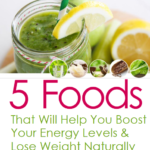
 possess such a wide spectrum of qualities and medicinal uses.
possess such a wide spectrum of qualities and medicinal uses. It’s great for infections or inflammation like achey joints.
It’s great for infections or inflammation like achey joints.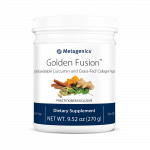
 Some options – flax or chia seeds (high in omega-3 fatty acids), borage oil (high in 3 and 6), evening primrose oil(high in 3 and 6), and fish oils (high in omega- 3 oils)·
Some options – flax or chia seeds (high in omega-3 fatty acids), borage oil (high in 3 and 6), evening primrose oil(high in 3 and 6), and fish oils (high in omega- 3 oils)· percent. Symptoms included hot flashes, night sweats, headaches, insomnia and mood swings. The other studies reported improvements in fatigue, irritability, hot flashes and vaginal dryness
percent. Symptoms included hot flashes, night sweats, headaches, insomnia and mood swings. The other studies reported improvements in fatigue, irritability, hot flashes and vaginal dryness